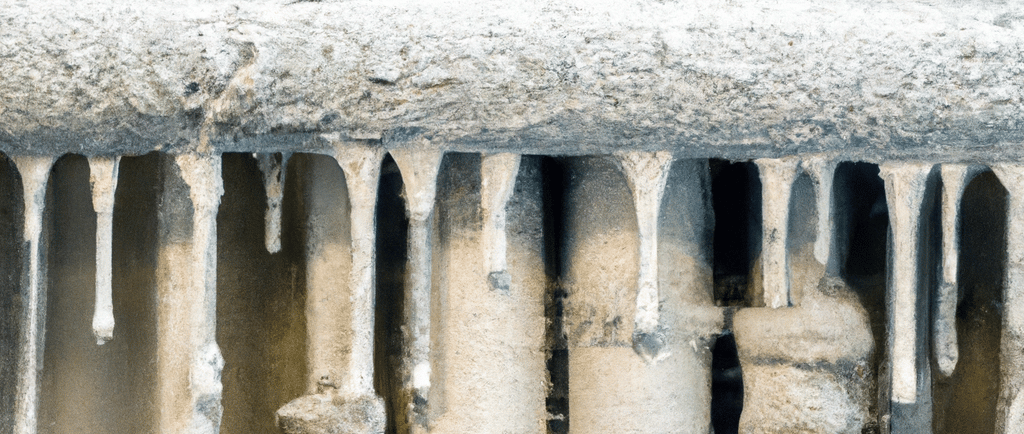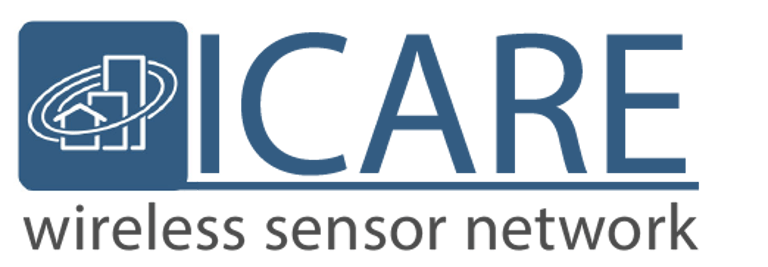Preventing Frozen Pipes: The Role of Wireless Monitoring in Safeguarding Your Property
Post on the best practices to prevent frozen pipes.
PROPERTY MANAGEMENT


Frozen pipes can lead to extensive water damage, disruption, and costly repairs. Taking proactive measures to prevent frozen pipes is crucial for property owners and managers. In this article, we will explore effective strategies to prevent frozen pipes and highlight the invaluable role of wireless monitoring in maintaining optimal conditions.
Insulation and Sealing: Proper insulation and sealing are fundamental in preventing frozen pipes. Insulate exposed pipes in attics, crawl spaces, and other vulnerable areas with pipe insulation sleeves. Seal any gaps or cracks that allow cold air to penetrate and come in contact with the pipes.
Heating: Maintaining adequate heating throughout your property is essential for preventing frozen pipes. Keep the thermostat set to a consistent temperature, especially during colder months. Avoid turning the heat off completely, even if the property is vacant.
Faucet Dripping: Allowing faucets to drip during extremely cold weather can help prevent pipes from freezing. The continuous flow of water can relieve pressure within the pipes and prevent freezing. Pay particular attention to faucets connected to exterior walls or located in unheated areas.
Opening Cabinet Doors: If you have pipes running through cabinets against exterior walls, open the cabinet doors to allow warm air circulation. This helps to prevent cold spots and maintain a more consistent temperature around the pipes.
Use of Wireless Monitoring: Wireless monitoring systems provide an innovative and reliable solution for preventing frozen pipes. By installing wireless temperature sensors in key areas of your property, you can remotely monitor temperature conditions in real-time. These sensors communicate with a central gateway that connects to the cloud, enabling you to access the data from anywhere via a user-friendly portal.
Real-Time Alerts: Wireless monitoring systems offer the advantage of real-time alerts. When temperature conditions reach a critical point, such as a drop below a set threshold, the sensors send immediate alerts via text messages or email notifications. This allows you to take prompt action and prevent frozen pipes before they cause significant damage.
Proactive Risk Mitigation: Wireless monitoring systems empower property owners and managers to be proactive in mitigating risks. By continuously monitoring temperature conditions, you can identify potential issues early on and address them before they escalate. This proactive approach minimizes the chances of frozen pipes and provides peace of mind.
Conclusion: Preventing frozen pipes is a crucial aspect of property management, and wireless monitoring systems have emerged as a powerful tool in this endeavor. By combining traditional preventive measures with the advanced capabilities of wireless temperature sensors and real-time alerts, you can ensure the safety of your property, minimize costly repairs, and maintain uninterrupted operations. Embrace the benefits of wireless monitoring and protect your property from the risks of frozen pipes.
(Note: This article provides general advice and should not substitute professional assessment and guidance for specific situations. Consult with experts in plumbing and property management for comprehensive solutions tailored to your property's unique needs.)
